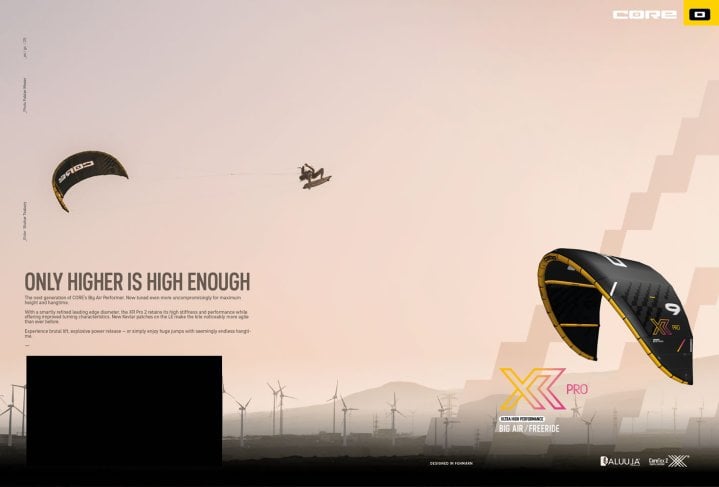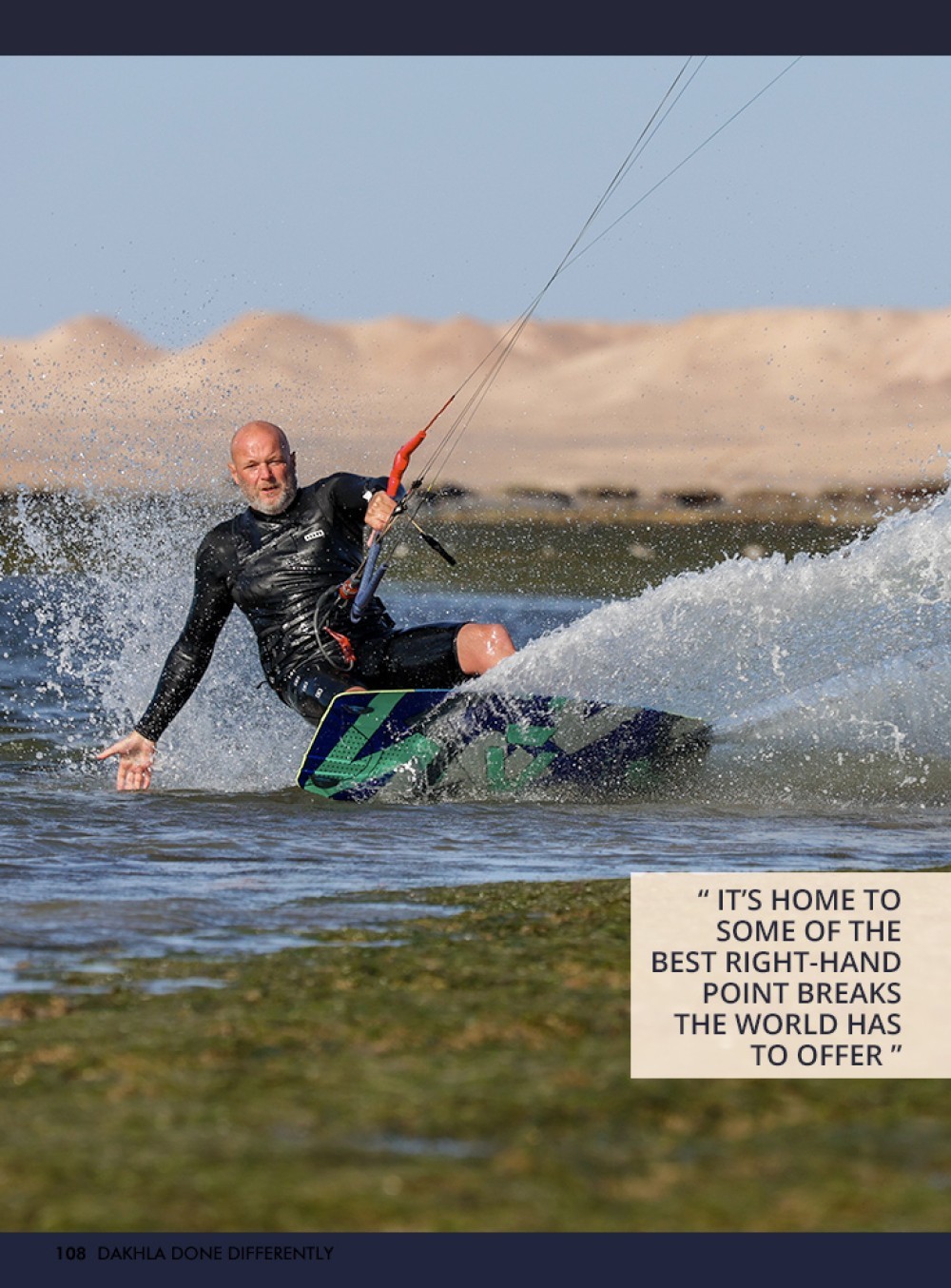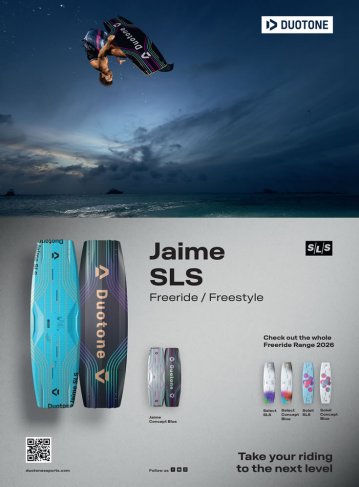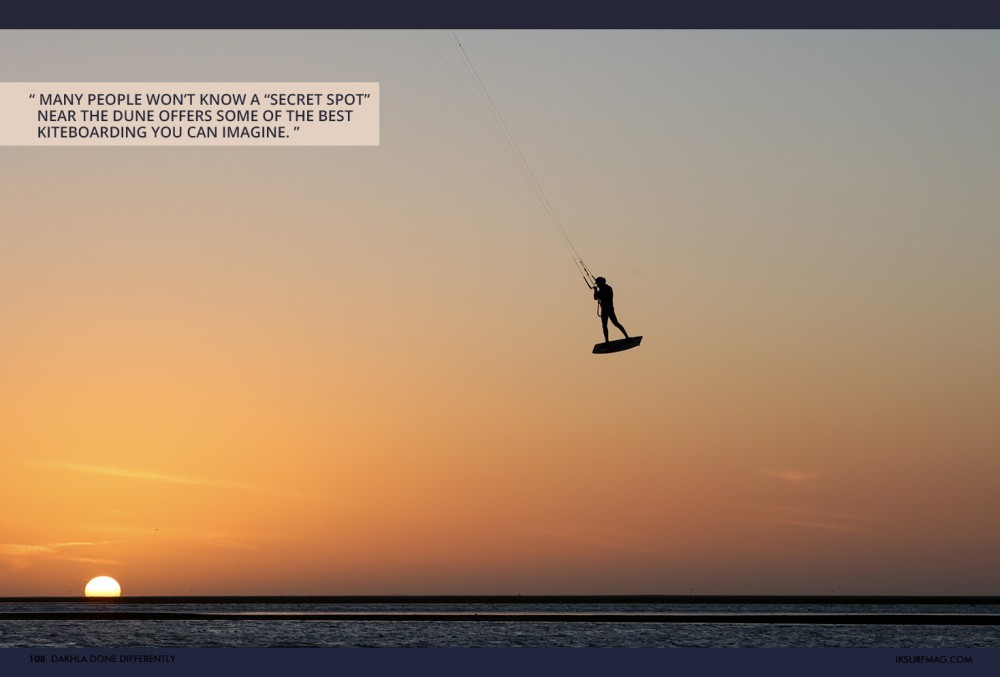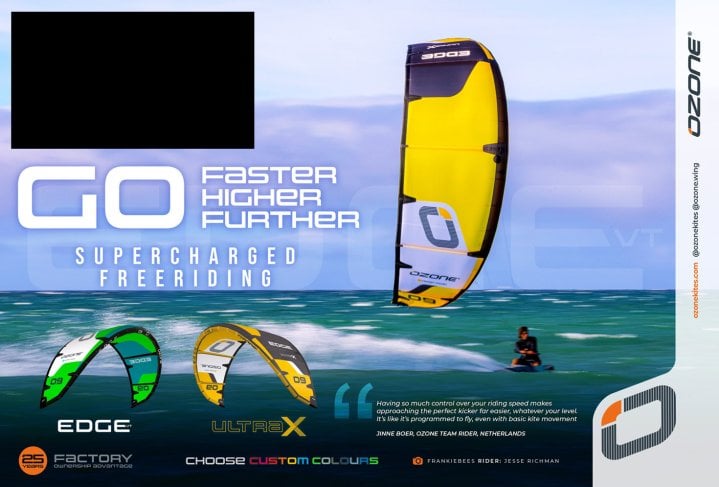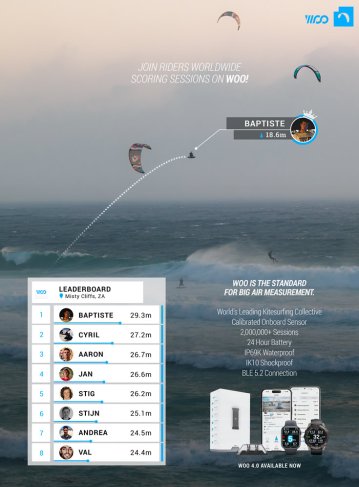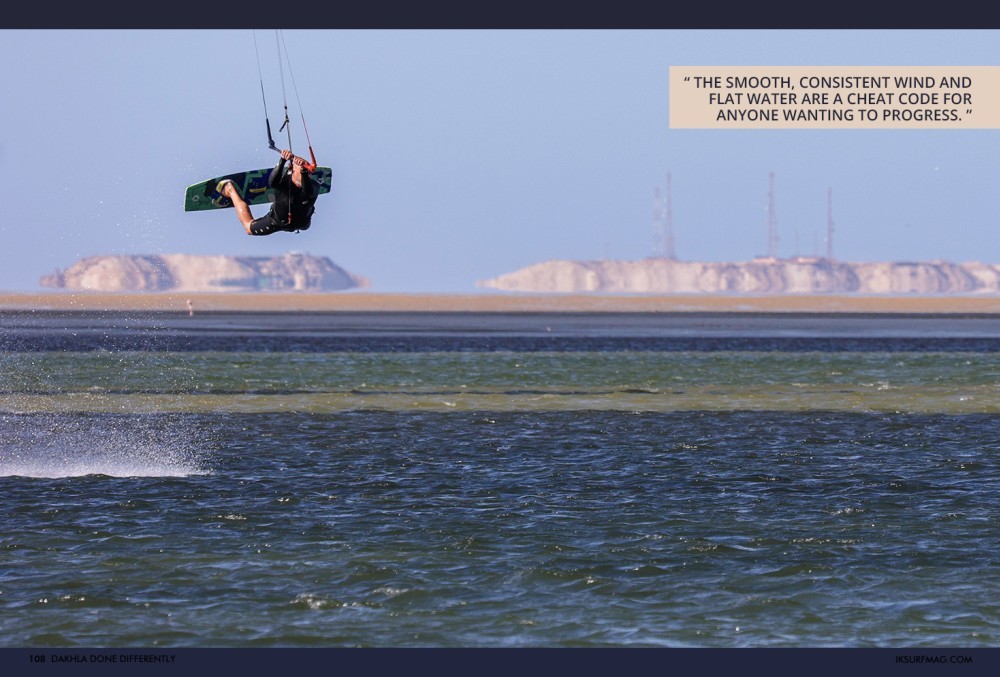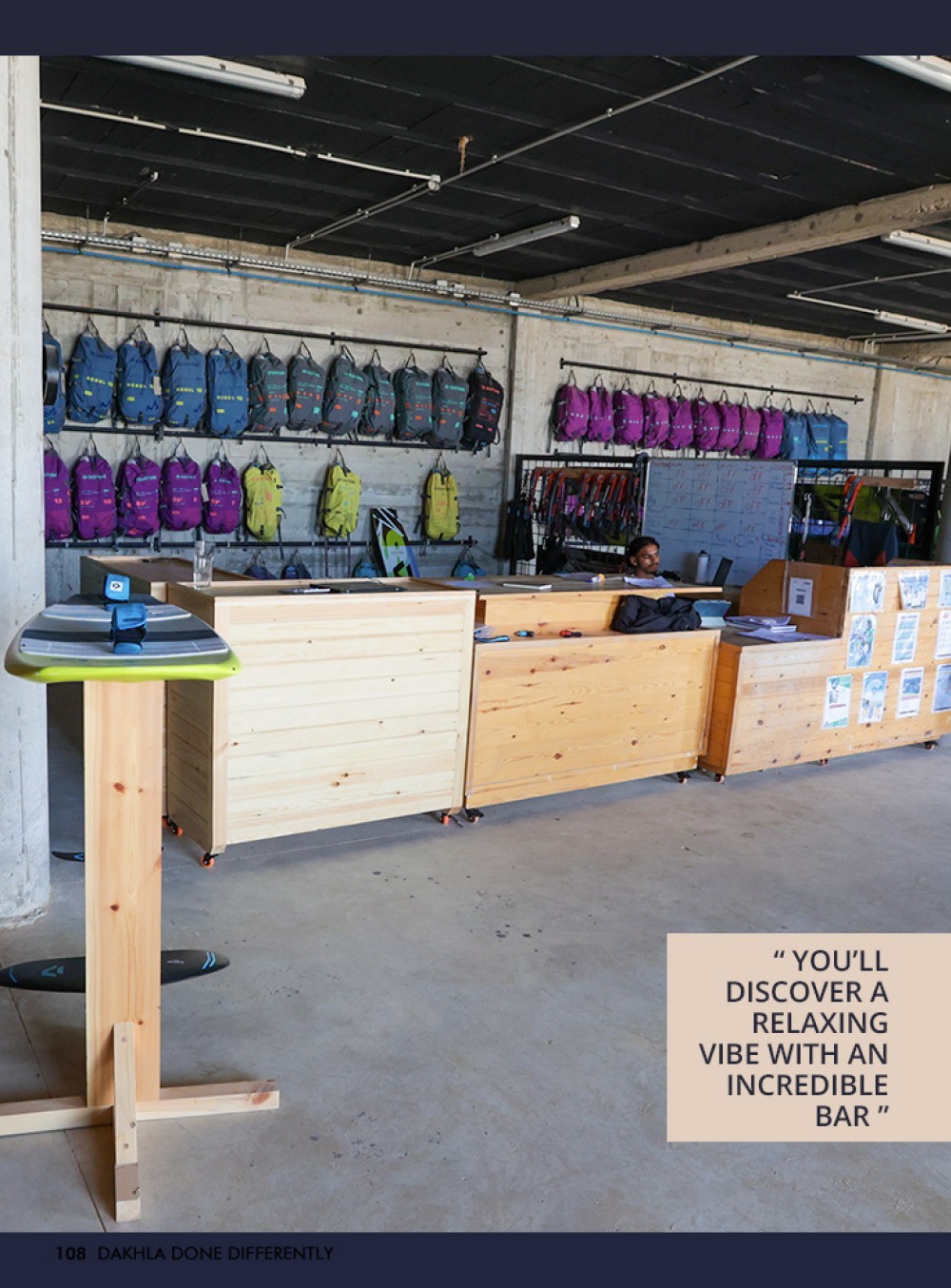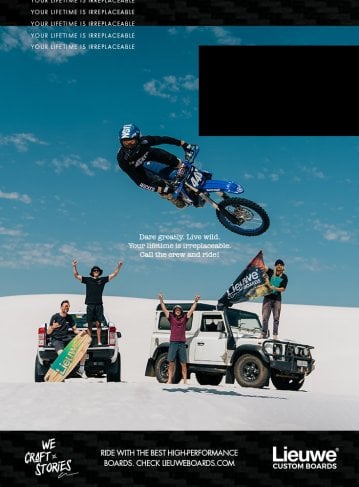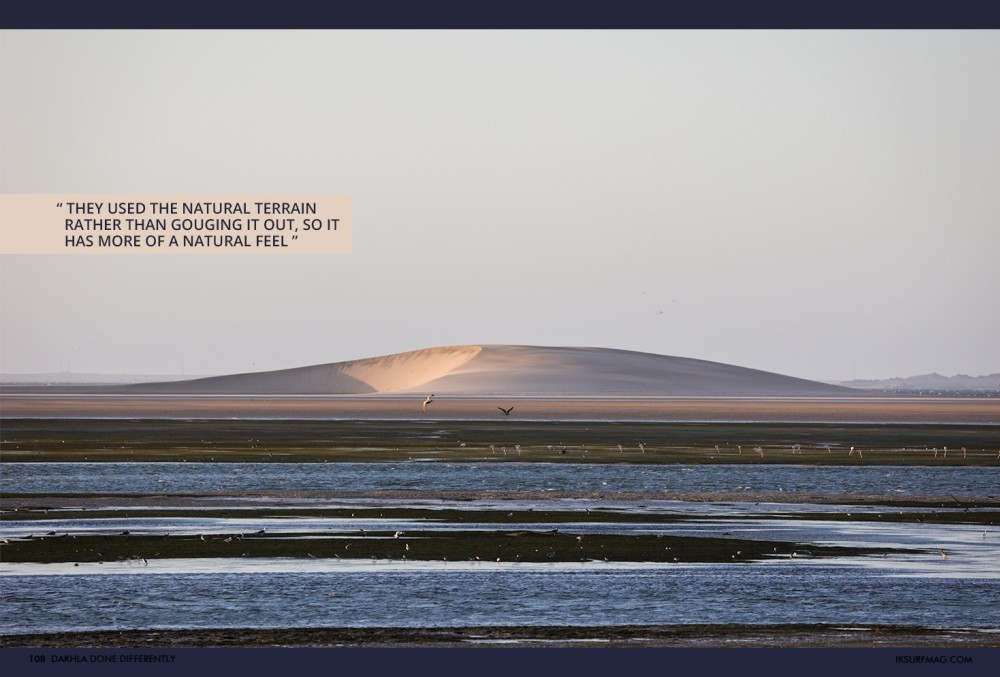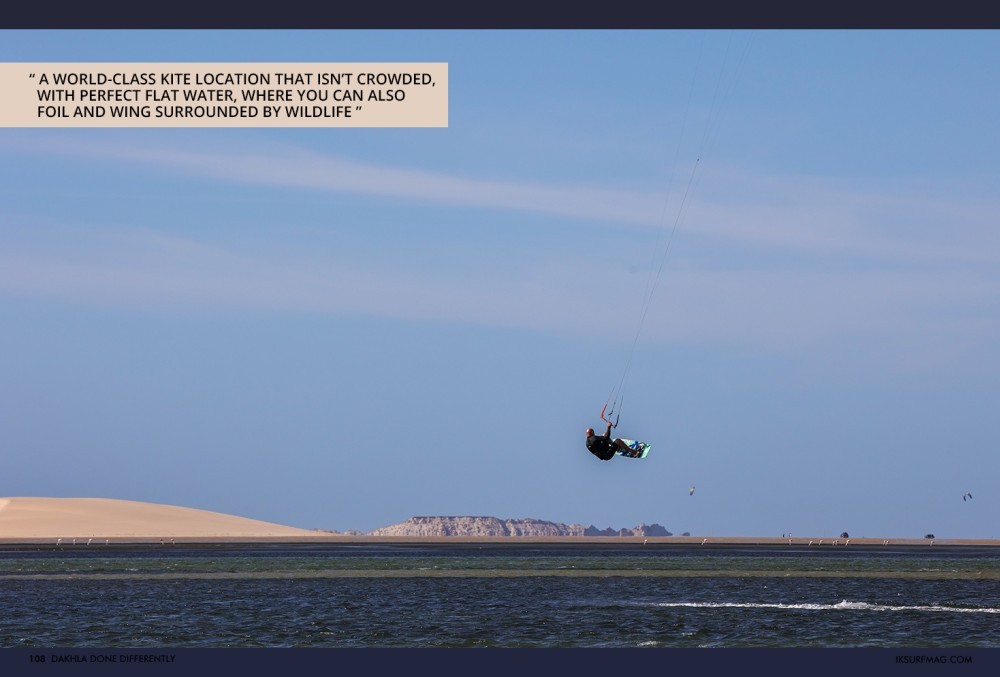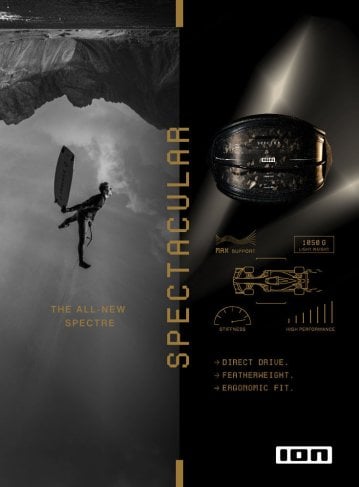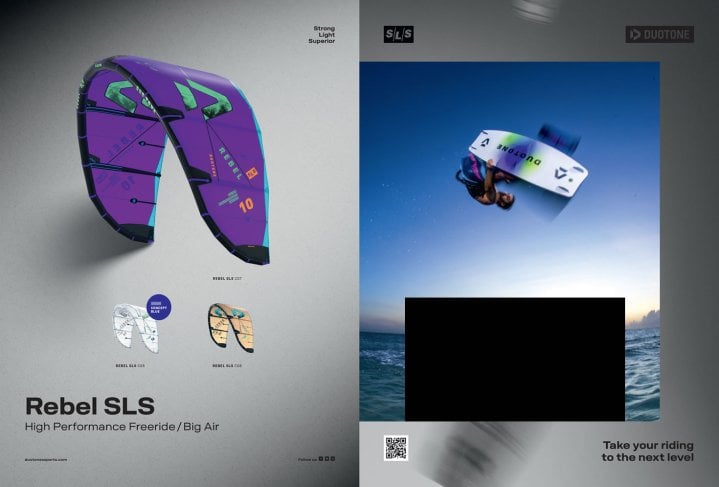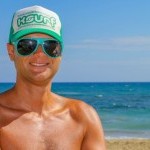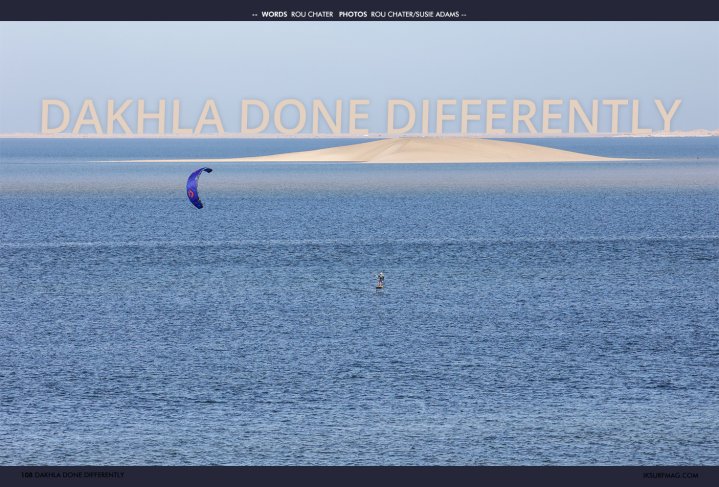
Dakhla Done Differently
Issue 108 / Tue 17th Dec, 2024
Rou Chater travels to Dakhla’s latest purpose-built kitesurfing centre on the eastern side of the vast lagoon, opposite the famous White Dune. This new eco-conscious development aims to take advantage of the natural landscape surrounding it while adding a little bit of luxury alongside a perfect helping of incredible kitesurfing conditions.
Rou Chater travels to Dakhla’s latest purpose-built kitesurfing centre on the eastern side of the vast lagoon, opposite the famous White Dune. This new eco-conscious development aims to take advantage of the natural landscape surrounding it while adding a little bit of luxury alongside a perfect helping of incredible kitesurfing conditions.
My first visit to Dakhla was back in 2005, which betrays my age and shows how far this kitesurfing mecca has come in recent years. Almost twenty years ago, we arrived at this relatively new spot on the edge of a large lagoon; we were greeted by some very rough infrastructure, a bunch of tents, and a water supply severely contaminated with sulphur. You can just imagine the smell while you had a shower.
After a week of no wind, to add salt to the wound, saying I wasn’t impressed would be an understatement; since then, Dakhla has changed a lot! I have been lucky enough to visit numerous times over the years. The camps have evolved from tents to more substantial installations, but as with any popular spot, it has also become busy. I’ve stayed at some of the more sophisticated hotels in the past, revisited the original camp, and witnessed how much the experience has changed.
One thing that doesn’t change here is the incredible kite conditions that have made it so popular; with daily flights connecting Dakhla to the world, it’s one of the hottest kite spots on the planet. There are even direct flights from Paris; another direct route from Spain will soon open. From the UK and the rest of Europe, you can transit through Casablanca, which has changed into a modern airport that’s up there with the best of them.
The consistent desert winds blow from 15 to 30 knots throughout the year, with a long season from March until November, warm water in the lagoon and plenty of desert sunshine round off the appeal. If you like flat water, free ride and foiling, this is the place to come. More than that, it’s home to some of the best right-hand point breaks the world has to offer, so it’s also a mecca for wave riders. It genuinely has it all.
With all this on offer, Dakhla would be my go-to destination for decent wind and waves a stone’s throw from Europe. Needless to say, I was excited to head back and check out the latest hotel to be built here, the White Dune Canyon.
If you have been to Dakhla, you will undoubtedly have done a downwinder to the White Dune; it’s an iconic landmark and somewhat of a right of passage for kiters. I’ve been there a few times before, and it’s impressive to see. A 60-foot-high huge sandune that sticks out in the landscape with the kind of majesty you wouldn’t expect from the desert.
Many people won’t know a “secret spot” near the dune offers some of the best kiteboarding you can imagine. It’s quiet, with no one around, and there are no centres or hotels this far down in the lagoon; it’s pretty remote, and you get a sense of being entrenched in the desert. That’s a rare commodity in Dakhla these days, making the White Dune Canyon resort rather magical.
The kiting at this spot is exceptional, the wind is consistent, and we were lucky to score a pretty epic week, even super late in the season in November. It’s a flat water haven, with sandbars and spots to find butter flat H2O at all states of tide. Talking of the T word, Dakhla is very tidal; it’s worth bearing this in mind with any visit here; the optimum tide is arguably a high tide later in the afternoon when the wind is usually strongest, although it often blows day and night during the peak season.
That said, the tidal range does offer different conditions and options to ride, so even though we had a low tide in the afternoon for our visit, it didn’t stop us from getting on the water. The whole spot changes as the tide moves, from a vast open lagoon at high to smaller butter flat lagoons at low. As you head down the beach, the lagoon opens up even on the low tide, and the water is deep enough to foil; it’s just a case of finding the right spot to suit your riding style at any tide.
It’s arguably the best kiting I’ve had in Dakhla, as it’s so quiet, maybe 20 on the water at any one time; there is always plenty of space to throw down your tricks or to learn to kite without being buzzed by other kiters. The wind blows cross-shore from the right; it’s an easy launch, and you can head straight out to White Dune at mid-to-high tide. This playground is only used by the resort’s guests and the odd adventurous kiter on a downwinder.
The amazing kiting is backed up by an incredible kite centre. The ION Club has all the latest equipment for Duotone and is one of the largest I’ve been to; there are walls and walls of kites and plenty of boards to keep you entertained. Friendly staff are eager to get your gear ready and help you launch, and there is also lots of wing gear should you fancy a ride on the dark side.
The team offers wing and kite lessons, so if you want to come here to learn or bring your partner to get bitten by the water sports bug, they have you covered. It’s one of the better spots I’ve been to for learning; the smooth, consistent wind and flat water are a cheat code for anyone wanting to progress. The team is also happy to run clinics and teach more advanced tricks. Nothing was too much trouble, and they were all incredibly helpful.
If there isn’t any wind, they have plenty of activities on offer. Foiling lessons with the rescue boat is the first option for those new to foiling. There are e-bikes, paddle boards, and surfboards, and the team quickly sets up excursions to keep you entertained if the wind doesn’t blow. We had a windless day when we arrived, but I jumped on the surf excursion to Aârîch; if you know me, you will know I love surfing, and this was one of the most amazing spots I’ve surfed. It’s about an hour away in a 4x4, but it’s worth the adventure!
In addition, they have a resident yoga instructor and offer free stretching sessions in the morning to get you ready for the day; you can also book more advanced classes if you desire. If you want to really relax, they can take you to a local hammam to unwind.
Away from the activities, you’ll discover a relaxing vibe with an incredible bar and the most stunning sunset view you could wish for. The food deserves a special mention as I’ve always felt lacking on previous trips; that’s not the case here. It’s the best food I’ve eaten in Dakhla and, arguably, Morocco. Each evening, a good-sized buffet with many salads, pasta, meat, vegetables, and lots more is offered. There wasn’t a single meal I felt was lacking; from breakfast to lunch and dinner, it was always delicious and of such a high standard that I found myself going back for more and passing my compliments on to the chef regularly. If you are a bit of a foodie off the water, you won’t be disappointed.
The staff is all incredibly friendly and helpful, too. They have had a level of training and attention to detail that needs to be commended. It’s not always the case on trips like this, but they didn’t miss a beat; from the waiters to the kitchen, bar, reception, and management, they were always polite and eager to help.
Finally, let’s talk about the rooms; wooden lodges have been built into the canyon’s terrain; where possible, they used the natural terrain rather than gouging it out, so it has more of a natural feel and like it was always meant to be here. The rooms are stunning and kept very clean and tidy, with plenty of hot water to soothe those sore muscles at the end of the day. There is lots of storage for your clothes and luggage and drying racks for all your wet gear. A ceiling fan helps keep you cool, and each lodge has its own solar power set up to heat the water, which is pretty cool.
Talking of solar power, it’s probably worth mentioning the eco credentials of this place. The resort only opened officially in April and took a couple of years to build. Being a modern concept, they were keen to utilise some of the technologies that are now available to create a little eco-haven in the desert. The whole site is powered by solar energy with two huge batteries to back it up. Each lodge has its own solar-powered water heater. Saltwater is pumped up from the lagoon to a desalination plant, the purest water you can drink and cook with; the rest of it is used for showers and bathrooms.
All the waste water goes into a 4-stage treatment plant on site. It is cleaned, treated, recycled and used to irrigate the garden. The idea is to have a closed-loop system of amenities that runs the hotel while leaving a small footprint on nature. What is impressive is how developed the gardens are and how much wildlife there is already.
I never thought I’d see dragonflies, butterflies, and so many small birds in the desert… What is impressive as you look back on the resort while you are kiting is that it melts away into the landscape, the wood blends with the canyon, and the gardens further camouflage its existence. This lagoon area is also packed with seagrass, which provides the perfect environment for small crustaceans to live, attracting a huge amount of birdlife. It’s genuinely baffling to sit back and think about where you are and just how abundant and diverse the wildlife is around you.
This was easily one of my favourite trips in recent years, and I’m keen to get back. It’s the best experience I have had in Dakhla so far, and I’d recommend it to anyone. A world-class kite location that isn’t crowded, with perfect flat water, where you can also foil and wing surrounded by wildlife. Nestled into the landscape's topography is a hotel that feels luxurious and well equipped, backed up by an incredible team who go out of their way to make your stay feel special.
It’s Dakhla, done differently and done better…
By Rou Chater
Rou has been kiting since the sports inception and has been working as an editor and tester for magazines since 2004. He started IKSURFMAG with his brother in 2006 and has tested hundreds of different kites and travelled all over the world to kitesurf. He's a walking encyclopedia of all things kite and is just as passionate about the sport today as he was when he first started!


